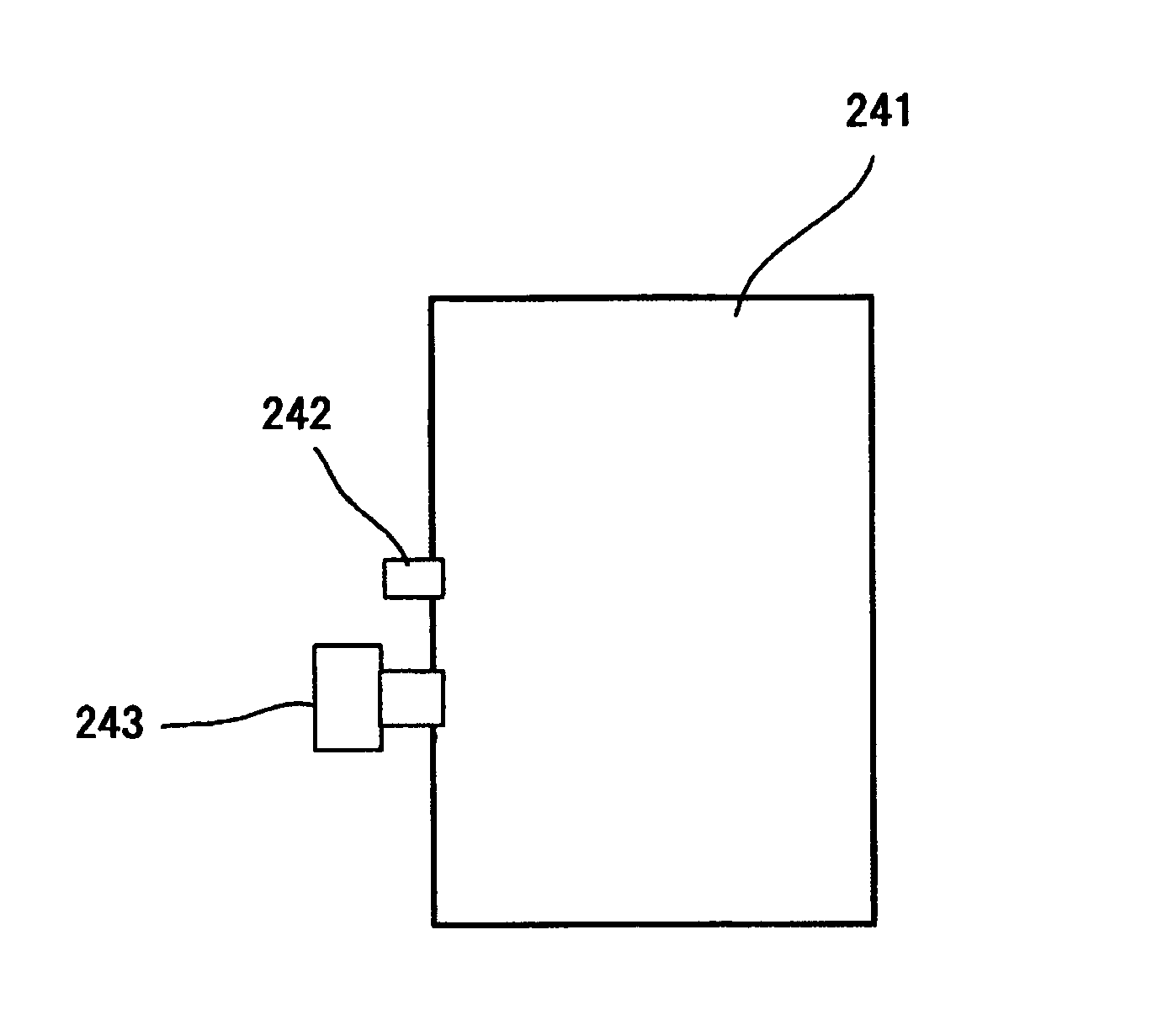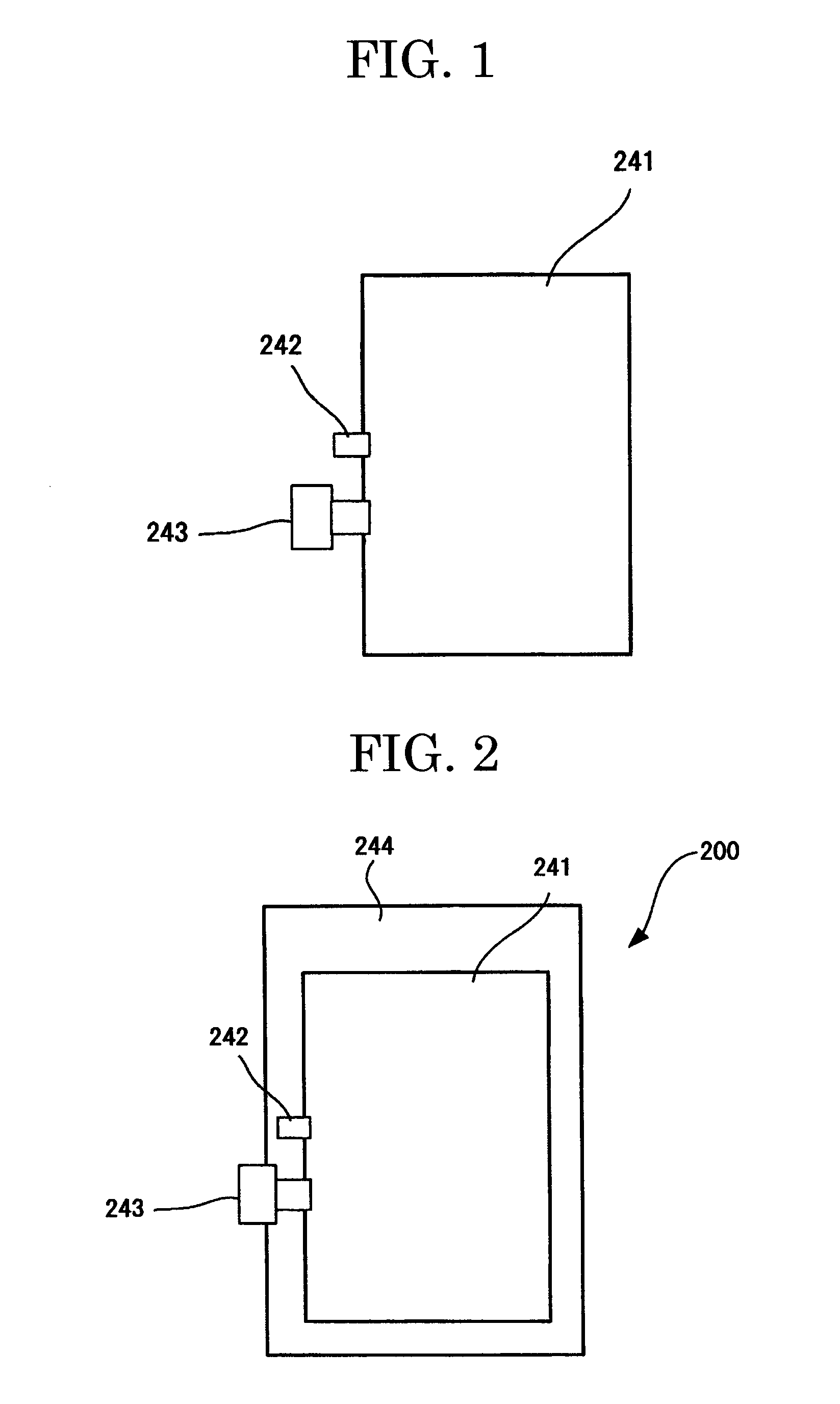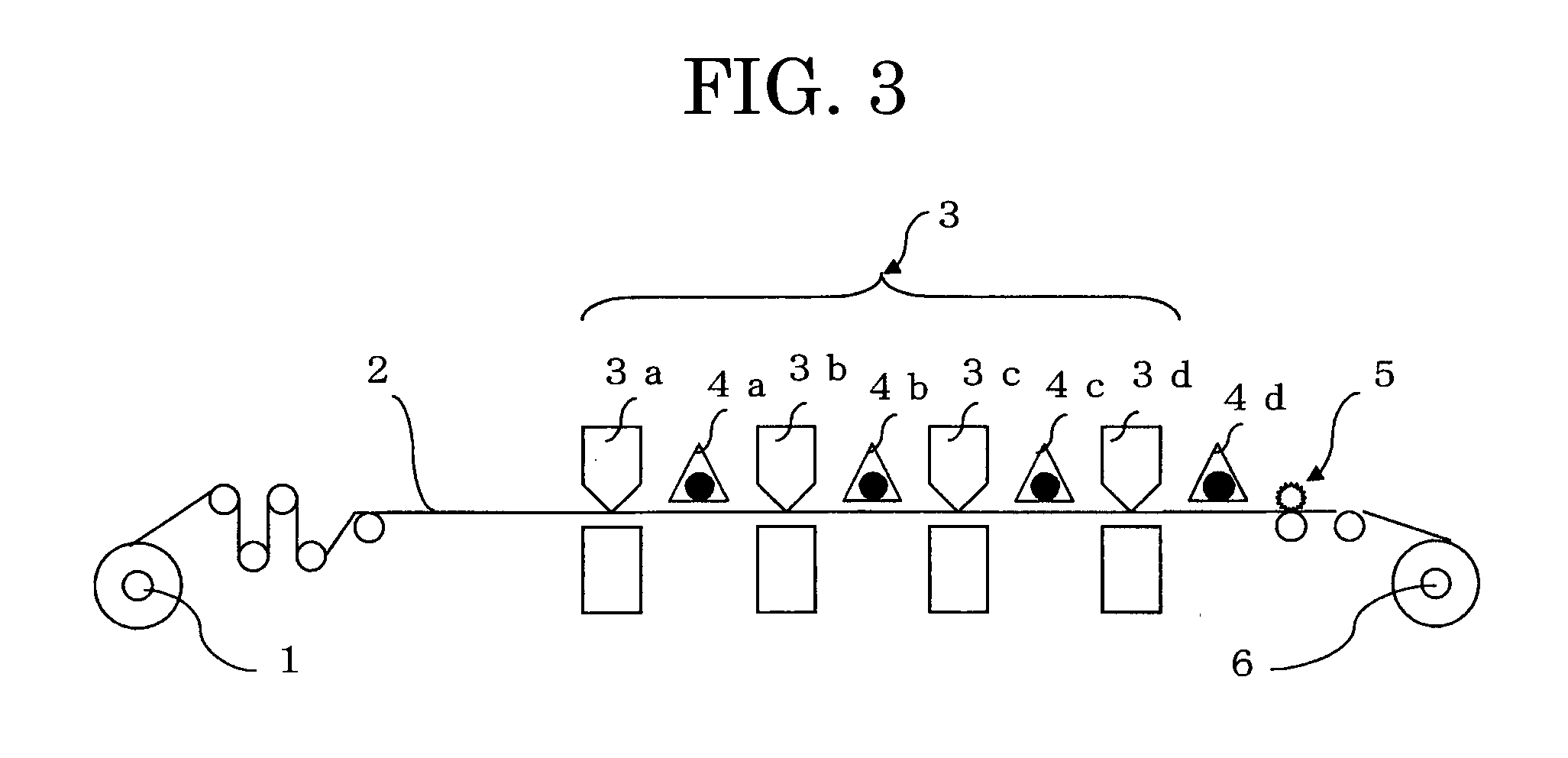Photopolymerizable inkjet ink, ink cartridge, and printer
a technology of photopolymerizable inkjet ink and ink cartridge, which is applied in the direction of inks, printing, duplication/marking methods, etc., can solve the problems of low viscosity of inkjet inks, toxicity of many (meth)acrylic acid ester compounds and acrylamide compounds, and poor curing properties of resultant inks, etc., to achieve safe skin sensitization and good storage stability
- Summary
- Abstract
- Description
- Claims
- Application Information
AI Technical Summary
Benefits of technology
Problems solved by technology
Method used
Image
Examples
examples
[0060]The present invention will next be described in more detail by way of Examples and Comparative Examples. However, the present invention should not be construed as being limited to the Examples.
examples 1 to 480
[0061]Mixtures of Preparation Examples 1 to 120 were prepared by mixing the following photopolymerizable monomers A1 to A23 (i.e., (meth)acrylic acid ester compounds or acrylamide compounds each being negative for skin sensitization or having a SI value of less than 3) with at least one of the following self-cleaving photopolymerization initiators B1-1 and B1-2, the following hydrogen-abstracting photopolymerization initiator B2-1 and B2-2, and the following polymerization accelerator B3 in the compositions and the amounts (parts by mass) shown in Tables 1 to 12. Then, 100 parts by mass of each of the mixtures was mixed with 0.1 parts by mass of each of the following phenol aromatic compounds C1 to C4 having two hydroxyl groups in the molecule thereof shown in Tables 13-1 to 18-2, to thereby produce inks (photopolymerizable inkjet inks) of Examples 1 to 480.
[0062]Notably, the units of the amounts of the photopolymerizable monomers, the photopolymerization initiators, and the phenol ...
example 481
[0146]An ink of Example 481 was produced in the same manner as in Example 60, except that the amount of the phenol aromatic compound having two hydroxyl groups in the molecule thereof C3 was changed from 0.1 parts by mass from 0.01 parts by mass per 100 parts by mass of the mixture of Preparation Example 20.
[0147]The thus-produced ink was measured for rate of change in viscosity at 60° C. in the same manner as described above. The rate of change of the ink was +2.2%, indicating good storage stability.
PUM
| Property | Measurement | Unit |
|---|---|---|
| wavelength | aaaaa | aaaaa |
| temperature | aaaaa | aaaaa |
| temperature | aaaaa | aaaaa |
Abstract
Description
Claims
Application Information
 Login to View More
Login to View More - R&D
- Intellectual Property
- Life Sciences
- Materials
- Tech Scout
- Unparalleled Data Quality
- Higher Quality Content
- 60% Fewer Hallucinations
Browse by: Latest US Patents, China's latest patents, Technical Efficacy Thesaurus, Application Domain, Technology Topic, Popular Technical Reports.
© 2025 PatSnap. All rights reserved.Legal|Privacy policy|Modern Slavery Act Transparency Statement|Sitemap|About US| Contact US: help@patsnap.com



